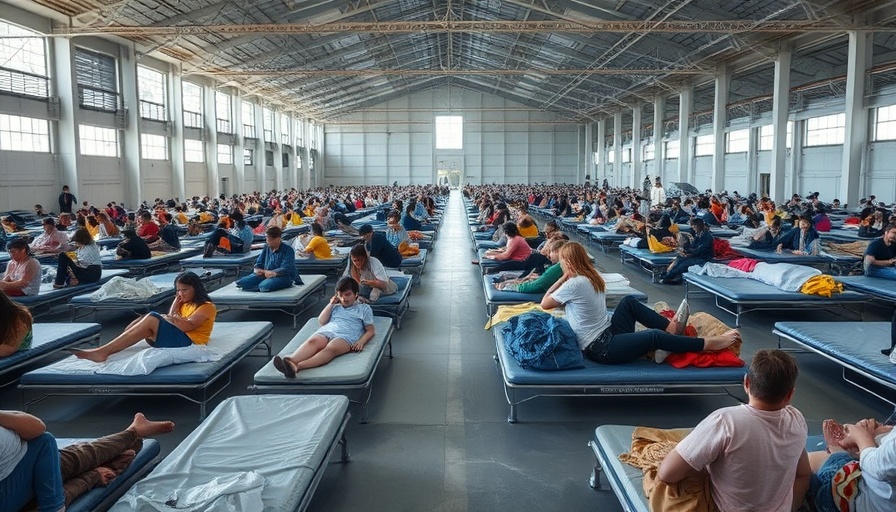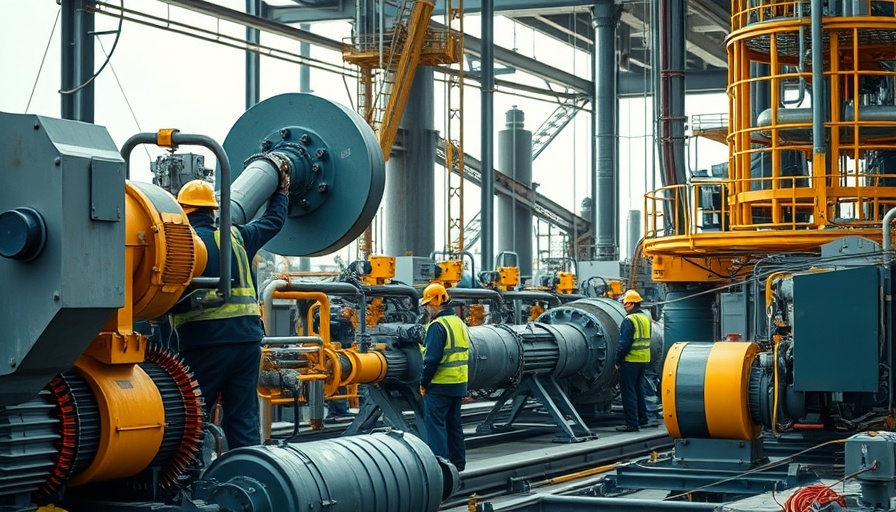
A Journey Through the Eye of the Storm: Reflections on Hurricane Survival
Hurricanes are not merely storms; they are monumental forces that reshape landscapes and lives in ways we cannot comprehend until we endure their wrath. 'Life in the Time of Hurricanes,' a poignant work by Rod Davis, encapsulates a deep exploration of survival, individuality, and the constant battle between hope and despair. This narrative speaks not only about nature’s ferocity but also reflects on the personal transformations that ensue following such cataclysmic events.
Understanding the Emotional Toll of Hurricanes
The vivid imagery in Davis' writing evokes a sense of urgency, mirroring how a community reacts in anticipation of an approaching storm. Our protagonist, Duane McGuane, symbolizes those who grapple with their surroundings and emotions in the face of calamity. His reflections remind us that the aftermath of a storm often leads to either profound loss or unexpected rebirth. This inevitable alteration reminds us of how humans navigate trauma and resilience, reshaping their identities in the process.
Lessons Learned from Nature's Fury
Davis’ work also prompts a discussion about preparedness—how one can expect the unexpected. As hurricanes become increasingly frequent and severe due to climate change, communities are urged to develop disaster readiness plans. Past experiences, such as Hurricane Katrina, illustrate the importance of building social support systems and community resilience.
Post-disaster narratives reveal communities coming together to aid one another, and this is a central theme in 'Life in the Time of Hurricanes.' When the winds die down and the debris settles, what remains is a tapestry of collective remembrance. The echoes of chaos transform into stories of solidarity, often illuminated by acts of compassion and bravery.
The Future of Life in Hurricane Zones
What lies ahead for communities like McGuane's as they confront the changing climate? Future insights reveal trends toward more introspective living, as people prioritize their values after such sobering events. There’s a shift—less focus on materialism and more on community relationships and mental well-being. As we analyze post-storm developments, it becomes apparent that our adaptability may just be our greatest strength.
Counterarguments and Diverse Perspectives
While there is a focus on resilience, it’s crucial to acknowledge the skeptics who claim that no amount of preparation can mitigate the impact of severe weather. These voices remind us to rethink urban planning and ensure equitable recovery efforts. Not every community has the luxury of preparation or recovery; marginalized populations often face additional hurdles. Addressing these disparities is essential in our journey forward.
Inspirational Quotes and Anecdotes
Haruki Murakami's words resonate deeply with those affected by storms: “And once the storm is over, you won’t remember how you made it through.” It encapsulates the psyche of survivors—an unyielding spirit compelled to endure even the most profound turmoil. Such reflections can inspire individuals navigating their struggles, whether they relate to nature or personal battles.
Practical Insights for Hurricane Preparedness
As Davis narrates his characters’ experiences, we can draw actionable insights for hurricane preparedness. Here are key strategies:
- Create an Emergency Kit: Ensure your kit is well-stocked with necessities like food, water, and communication devices.
- Develop a Plan: Know your evacuation routes and assemble a family communication strategy.
- Stay Informed: Utilize local news sources and social media to remain updated on weather alerts.
Embracing Resilience in Our Lives
In the grand narrative of life in hurricane zones, Davis provides a framework for understanding human emotions and resilience. Life may change dramatically post-disaster, but the essence of community can flourish amidst adversity. Duane McGuane not only reflects on personal transitions but also embodies a collective fight against despair.
Ultimately, as we navigate through storms, both literal and metaphorical, we are reminded of our shared humanity and the strength found in vulnerability. It is this very spirit that will guide us forward, facing future challenges with courage and hope.
Join the discussion on community preparedness and resilience in the face of natural disasters. Your voice matters!
 Add Row
Add Row  Add
Add 




Write A Comment